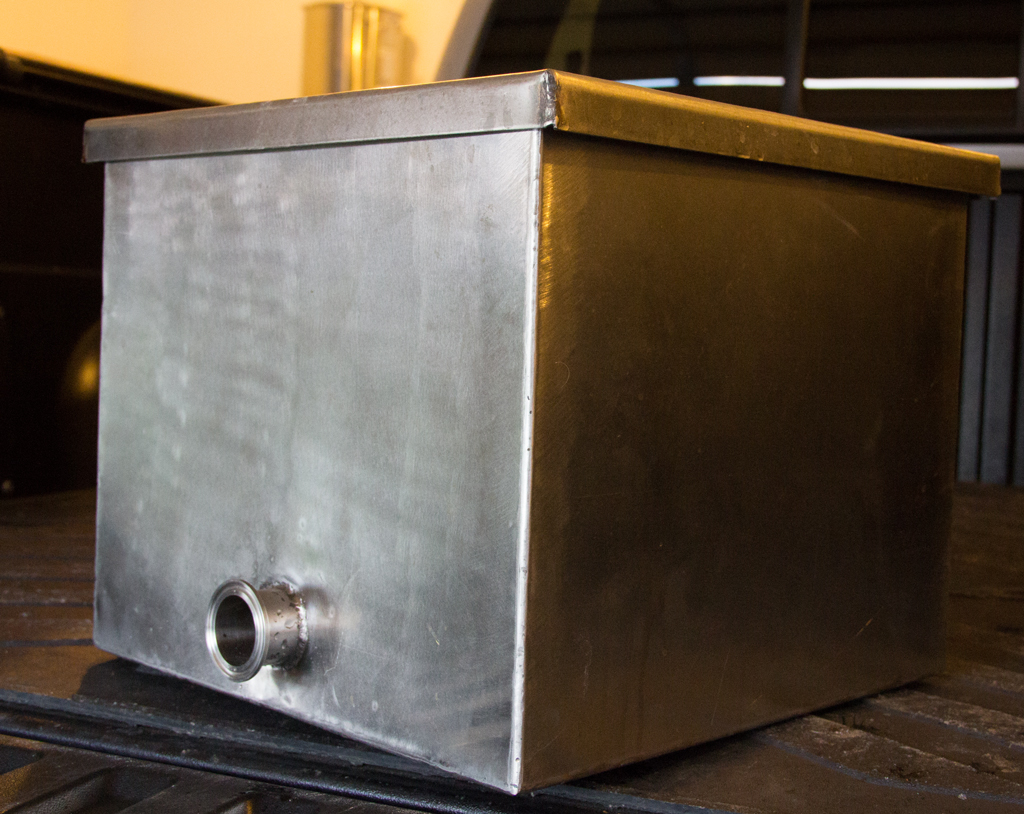user 246304
Well-Known Member
- Joined
- Aug 24, 2017
- Messages
- 8,290
- Reaction score
- 9,851
Alright, I know this is nuts.
I love Northern England ales (well, I also love Burton ales. And London ales. And....). I've also always been intrigued by both the Burton Union and Yorkshire Square systems.
Regarding the Yorkshire Square system, pretty zany. Getting shot through a fan spreader up and over the krausen every few hours belies all "laws" of brewing. But these are highly flocculant, laid back hippy yeast, that need to be told to go back to work. Repeatedly.
So - let's try it at home!
So, let's do it in stainless!
So, I suck at engineering!
As if I don't have enough planning to do - anyone have any thoughts?
I love Northern England ales (well, I also love Burton ales. And London ales. And....). I've also always been intrigued by both the Burton Union and Yorkshire Square systems.
Regarding the Yorkshire Square system, pretty zany. Getting shot through a fan spreader up and over the krausen every few hours belies all "laws" of brewing. But these are highly flocculant, laid back hippy yeast, that need to be told to go back to work. Repeatedly.
So - let's try it at home!
So, let's do it in stainless!
So, I suck at engineering!
As if I don't have enough planning to do - anyone have any thoughts?

































![Craft A Brew - Safale S-04 Dry Yeast - Fermentis - English Ale Dry Yeast - For English and American Ales and Hard Apple Ciders - Ingredients for Home Brewing - Beer Making Supplies - [1 Pack]](https://m.media-amazon.com/images/I/41fVGNh6JfL._SL500_.jpg)




























